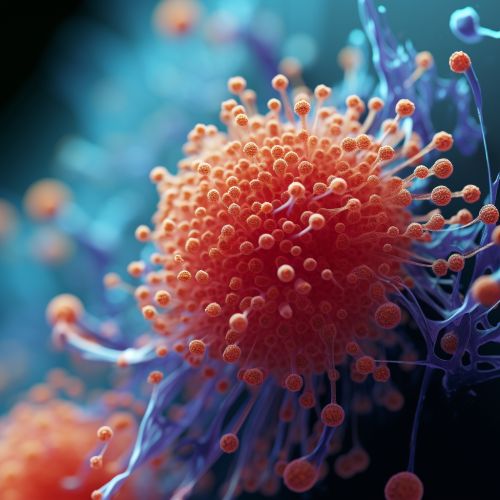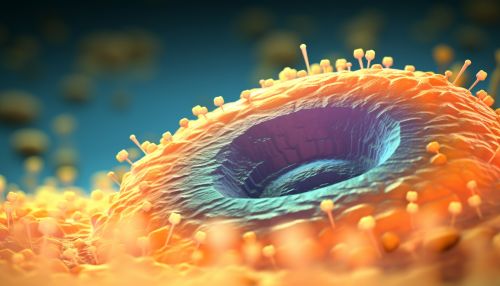Sporulation
Overview
Sporulation is a complex developmental process in which a vegetative cell differentiates into a dormant, non-reproductive structure known as a spore. This process is a survival mechanism that allows certain types of bacteria, fungi, algae, and protozoa to withstand harsh environmental conditions such as extreme temperatures, radiation, and chemical exposure.
Biological Significance
Sporulation is a key survival strategy for many organisms, particularly those living in environments with fluctuating conditions. The formation of spores allows these organisms to survive in a dormant state for extended periods until conditions become favorable for growth and reproduction. Spores are resistant to desiccation, heat, cold, radiation, and many types of chemical disinfectants, making them particularly hardy and difficult to eradicate.
Process of Sporulation
The process of sporulation varies among different groups of organisms but generally involves a series of morphological changes that lead to the formation of a spore. In bacteria, sporulation is a complex, multi-stage process that involves the replication of the bacterial chromosome, segregation of the duplicated chromosomes, and the formation of a protective spore coat.
Initiation
The initiation of sporulation is typically triggered by environmental signals such as nutrient deprivation. In response to these signals, the bacterial cell undergoes a process known as asymmetric cell division, resulting in the formation of a larger mother cell and a smaller forespore.
Pre-Spore Formation
Following asymmetric cell division, the forespore is engulfed by the mother cell, forming a cell within a cell. The forespore then begins to differentiate into a spore through a series of morphological changes.
Maturation
During the maturation stage, the forespore develops a thick, protective spore coat composed of proteins. This spore coat provides resistance to environmental stresses and is essential for the survival of the spore.
Release
Once the spore is fully mature, the mother cell lyses, releasing the spore into the environment. The spore can then remain dormant for extended periods until conditions become favorable for germination.
Spore Structure
Spores are characterized by their highly resistant structure, which includes a core containing the spore's genetic material, surrounded by a cortex and a protective spore coat. The spore coat is composed of multiple layers of protein and provides the spore with its resistance to environmental stresses.
Germination
Germination is the process by which a dormant spore returns to a vegetative state. This process is typically triggered by environmental signals such as the presence of nutrients. During germination, the spore coat is degraded, and the spore begins to take up water and nutrients, leading to the initiation of metabolic activity and the eventual outgrowth of a new vegetative cell.
Role in Disease
Certain pathogenic bacteria, such as Clostridium difficile and Bacillus anthracis, are capable of sporulation. These bacteria can form spores that are resistant to disinfectants and can survive in the environment for extended periods. This makes them particularly difficult to eradicate and contributes to their ability to cause disease.
See Also


